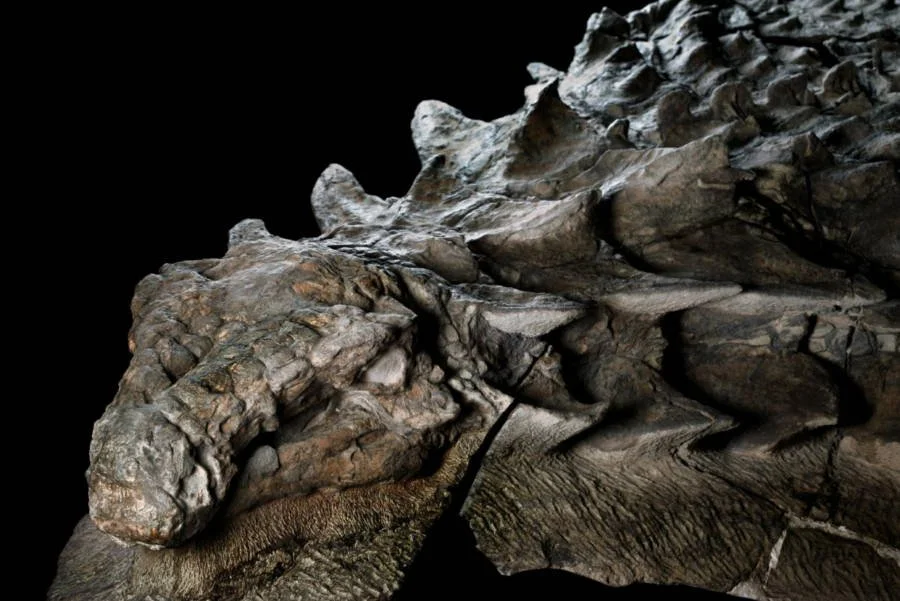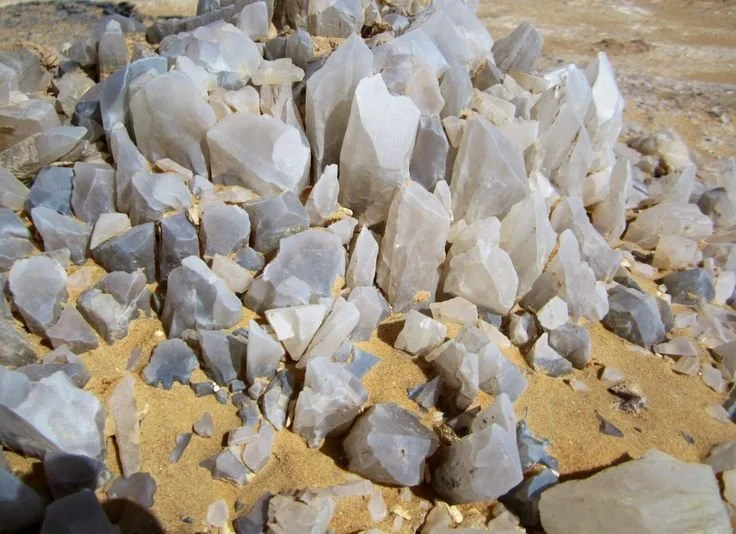The fossils were discovered at a location in the KwaZulu-Natal Province of South Africa that the researchers have named the Dave Green palaeosurface. There, they were discovered on a rock surface that was originally the bottom of a tidal flat or lagoon of the ancient Karoo Sea. Seven body impressions (resting traces) and several tail-marks (swimming traces) thought to have been left by a two-meter-long rhinesuchid temnospondyl were examined by researchers.
The researchers hypothesize that these traces were left by one or two animals swimming between resting areas, maybe in search of food, based on the spatial arrangement of these traces.
According to the sinuous curve of the tail marks, these animals moved their tails continuously side to side while swimming, just like modern crocodiles and salamanders do. In keeping with crocodiles, these amphibians appear to have tucked their legs against their bodies while swimming, based on the shape of the body impressions and the relative lack of footprints seen beside the traces.
These fossils suggest that these extinct amphibians led an active lifestyle that included swimming and bottom-walking, an interpretation made possible by the exceptional preservation of locomotion traces.
This fossil site is important for understanding Permian Period ecosystems since it also retains numerous traces from other tetrapods (four-legged animals), fish, and invertebrates.
They continue, "The study's results are important since they close knowledge gaps about these extinct animals. A window onto the shoreline of the Karoo Sea about 255 million years ago, the amazing marks and traces preserved on the Dave Green palaeosurface show how these animals traveled and interacted with their surroundings.
This study not only makes a significant scientific contribution, but it also shows how important paleontological discoveries are frequently made by curious individuals who then alert paleontologists to their findings."


















